10 Foods Loved in Their Home Country (and Hated Everywhere Else)
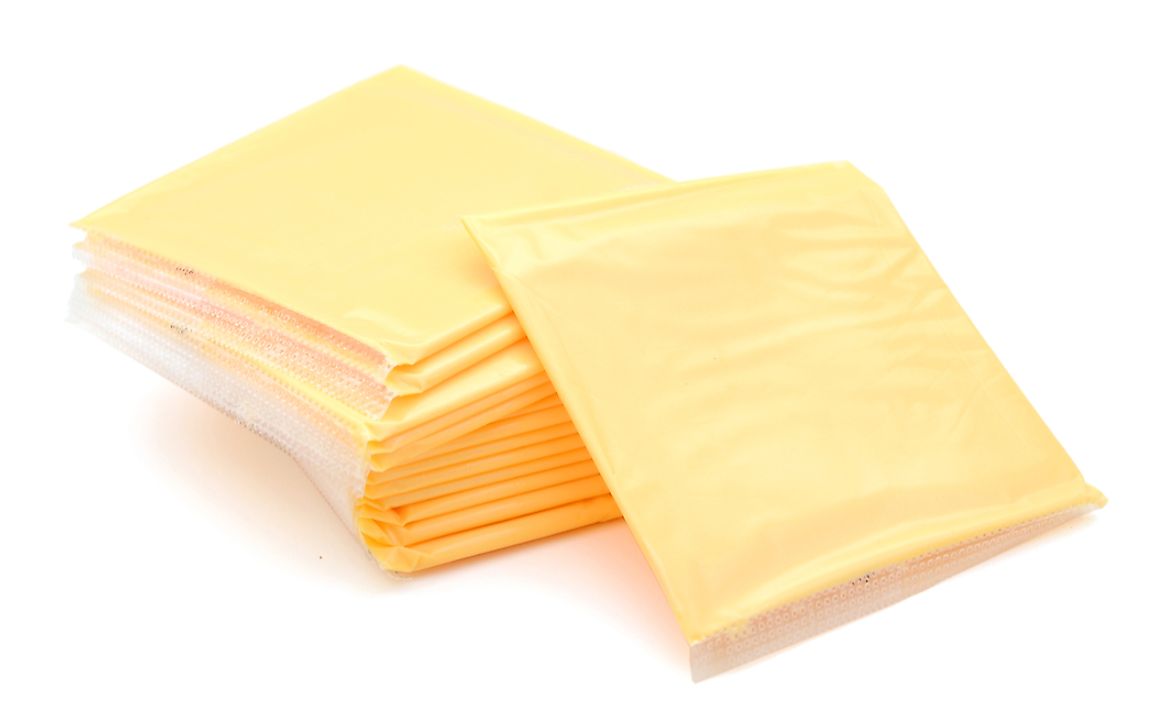
10. Escargot
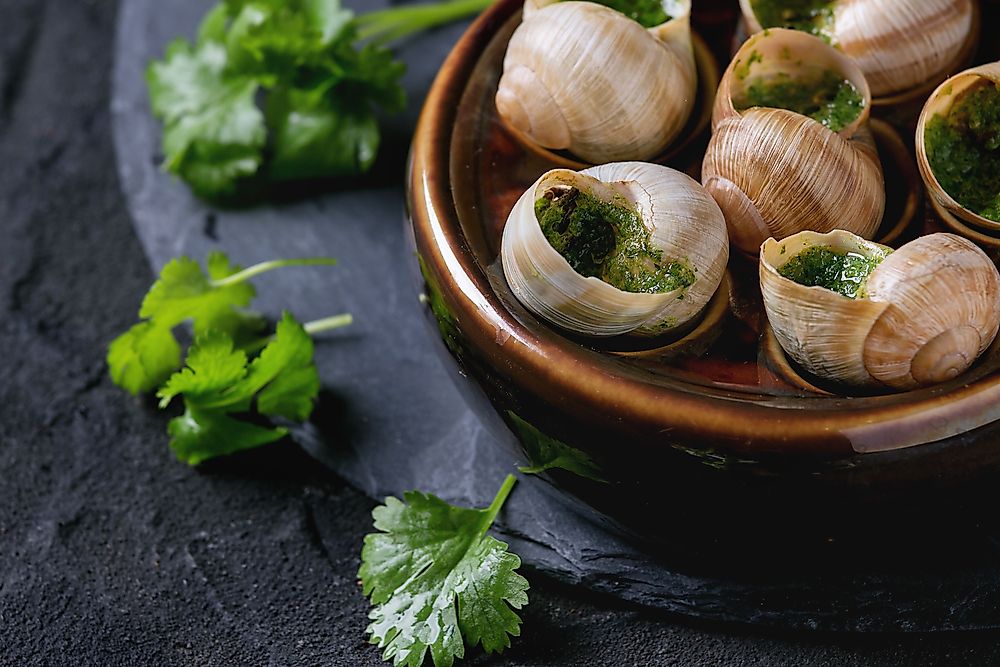
Escargot are land snails that are served in their shell with garlic, butter, and parsley. The most popular species of snail that is eaten is the Roman Snail, or Helix pomatia, although other species of land snail enjoy popularity among European and American diners as well. Escargot is typically associated with France and French cuisine, but many in Portugal and Spain also enjoy this delicacy as an entree or main course. The taste is described as an acquired one, often associated with a high social status. History of eating snail can be traced back to the days of the Roman Empire, evidence has been found in writings and archaeological digs that this was considered an elitist food.
9. Root beer
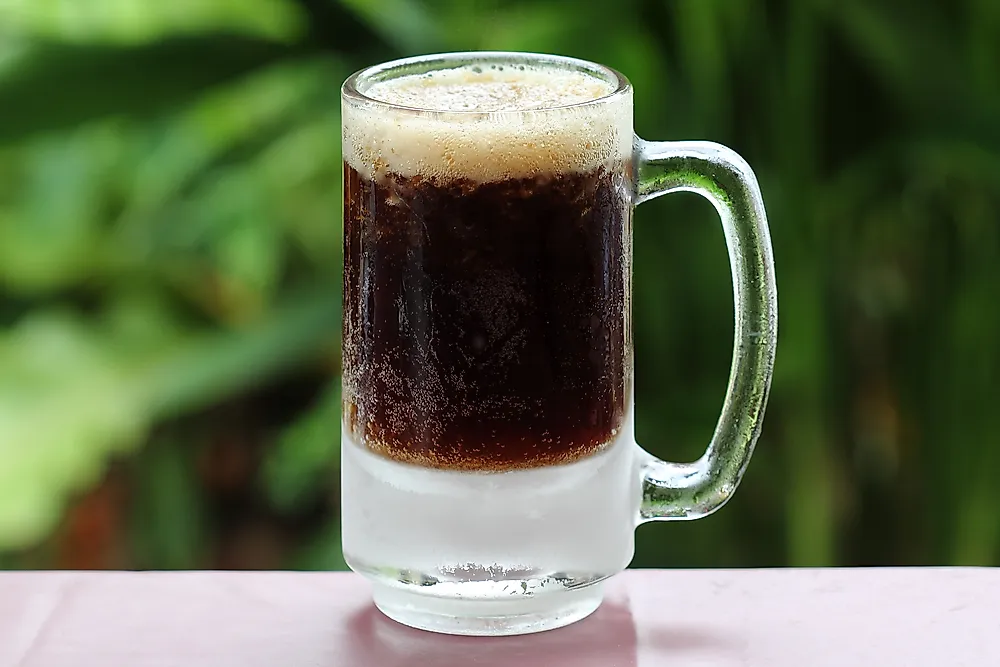
Root beer is a drink that was originally made from the sassafras tree or the vine from these trees, which are known as sarsaparilla. This gave root beer its distinctive taste, and although the original ingredient has been subsequently banned for use, the flavor remains similar today. Modern root beer is sweet, foamy and most of the time carbonated. Other variations include alcohol and caffeine in their recipes. The beverage was first introduced to the public in 1876 by Charles Hires at the Philadelphia Centennial exhibition and it became immensely popular in the United States and Canada.
8. Baijiu

Baijiu is a Chinese liquor that has been produced for over 5000 years. It is made from grain, contains 40 to 60 percent alcohol content, and the name Baijiu itself translates to "white liquor". The liquor is served warm, or at room temperature in a ceramic bottle or container. It is traditional Chinese custom to drink Baijiu with food, although it is not a forced tradition. There are many variations of Baijiu available today, but the taste of traditional Baijiu is described as vodka-like, with a strong finish. 5 billion liters of the drink was sold in 2016 worldwide, making it the most popular liquor on the planet.
7. Caesars
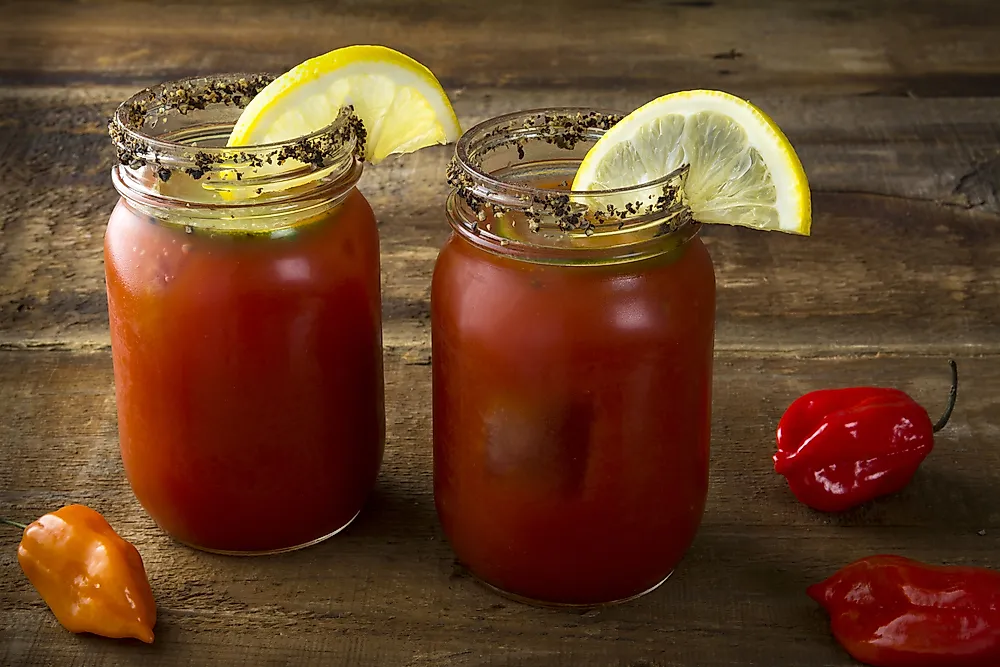
The Caesar cocktail was invented in 1969 by a bartender named Walter Chell in Calgary, Canada. This drink contains vodka, tomato juice, clam broth, hot sauce, and Worcestershire sauce. It is served in a large glass with celery salt around the rim and garnished with a celery stick and lime. Many variations of the Caesar can be found in Canada today - some of which even contain miniature hamburgers, bacon, or even chicken wings as their garnish. Canadians consume 350 million of these drinks per year and the drink remains distinctly Canadian as it is almost unknown in other countries.
6. American chocolate
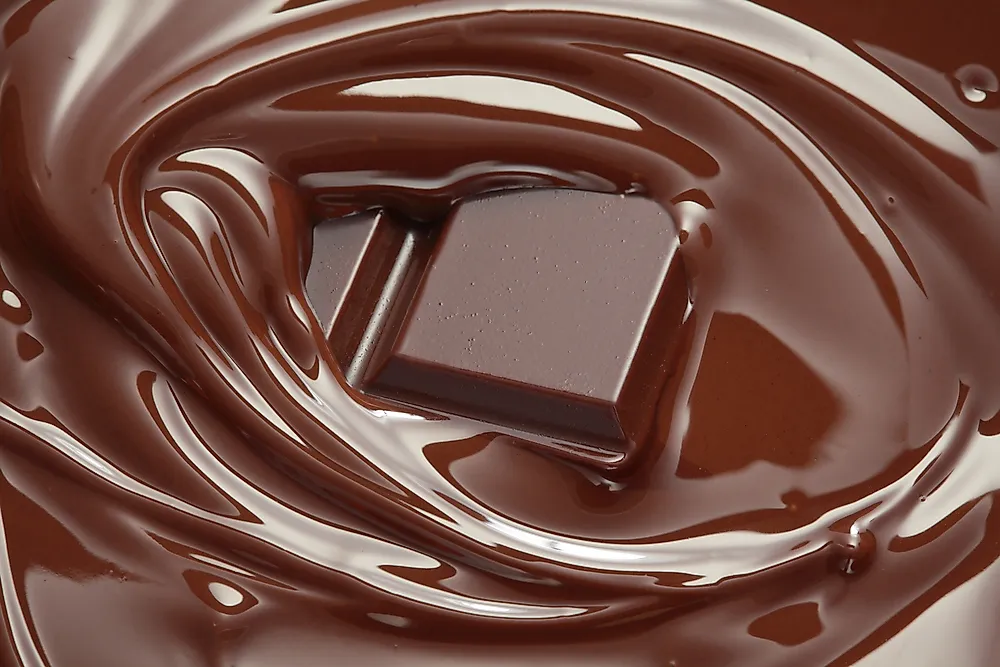
American chocolate has a distinctively lighter and sweeter taste than their European counterparts. This is due to the fact that American chocolate contains less cocoa and more sugar than the latter. In Europe, cocoa content reaches at least 20%, whereas in the United States, this figure can be as low as 10%. The main ingredient in American chocolate is sugar, which gives it a lot of sweetness. Many Europeans do not enjoy the taste of American chocolate and many Americans find European chocolate too bitter.
5. Pâté
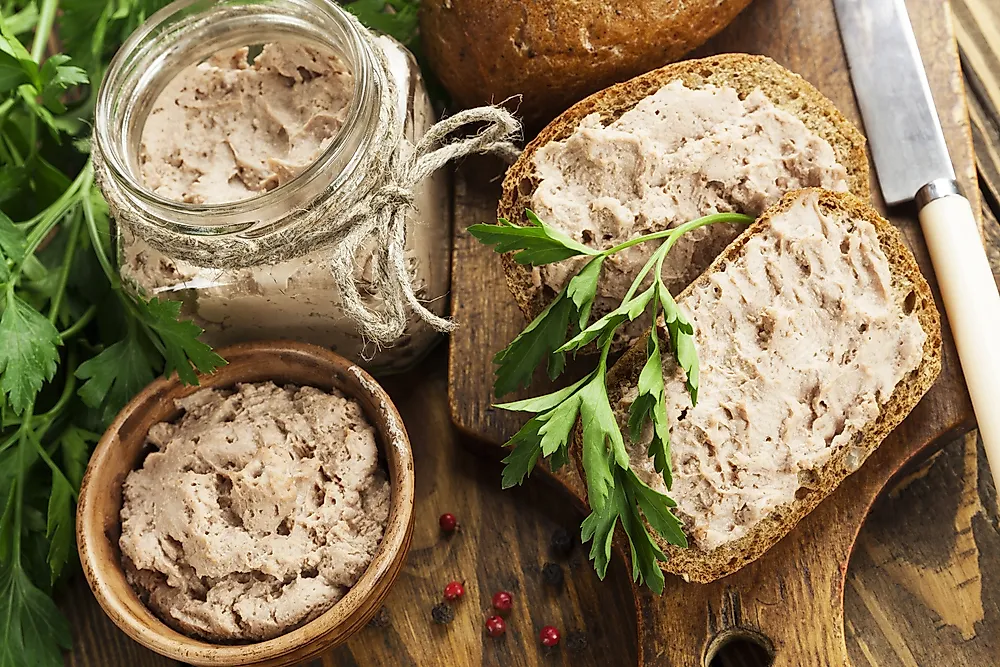
Pâté is actually made all around the world, but perhaps the most well known is the French and Belgian versions. This type of pate is made from livers of fattened geese mixed with fat, herbs, and spices. It is then baked, sometimes in a crust, and cooled for a few days in the fridge. The chilling process develops the rich flavors within the spread. It is usually served upon crackers or bread, originally started as food of the elite. Pate provides a meaty, rich flavor that is almost meatloaf-esque. In France, Pate has been traced back to 1788, when King Louis XVI was introduced to the dish.
4. Leverpostej
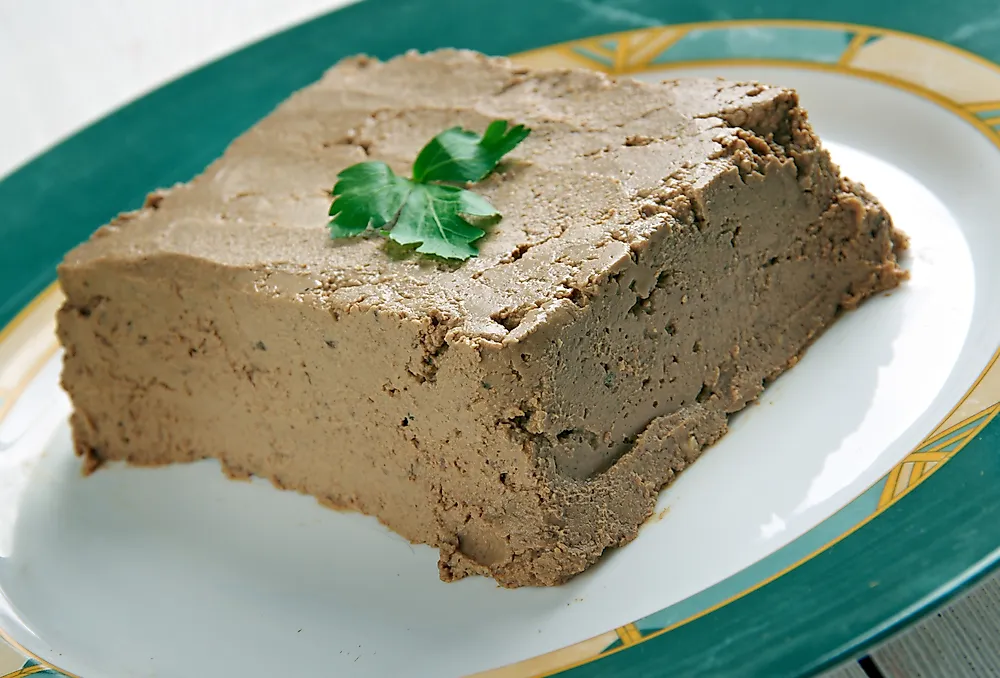
Leverpostej is a liver pâté composed of pig liver, lard, and onions. This spread is a favorite among people from Denmark and it is usually applied to a piece of rye bread. The tradition of Leverpostej in Denmark has roots as early as 1847, when it was introduced by the French as a luxury food. This Danish version of pâté is similar to that of the French and Belgian versions. Today, the food is no longer out of reach for many consumers and it is reasonably priced. Many Danes will rank this spread as their favorite.
3. Processed cheese
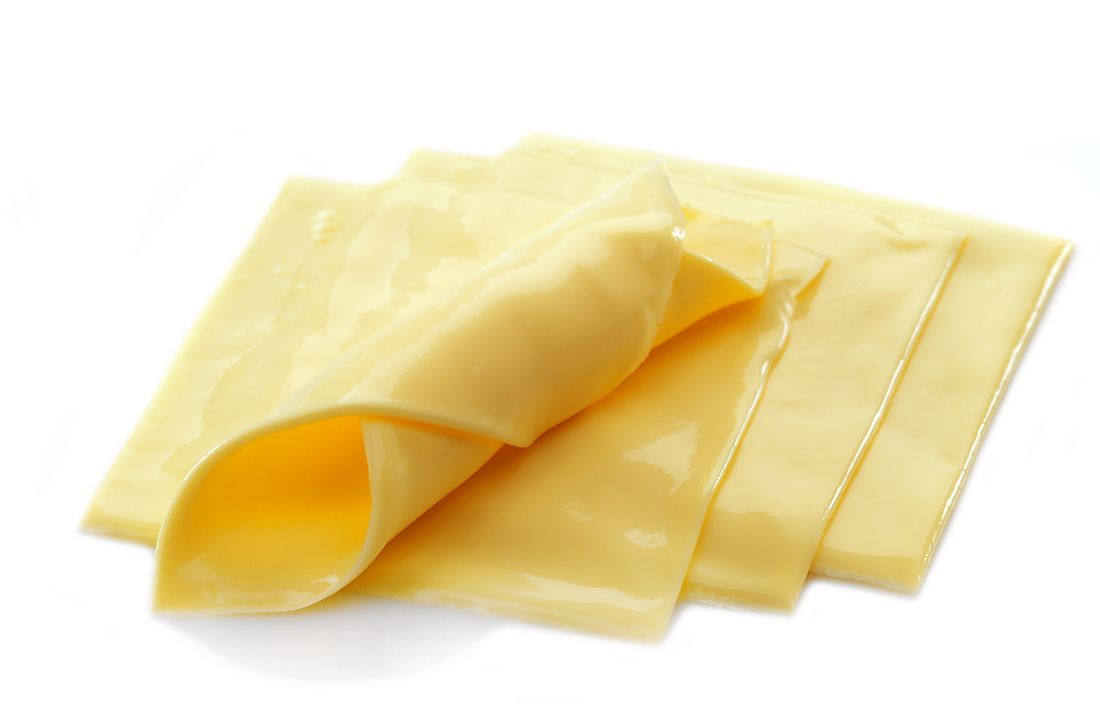
American cheese, or processed cheese, is a yellow, orange, or white cheese product that is wrapped in plastic as a single slice. This product is often found on cheeseburgers from fast food restaurants around the world and is known for its smooth and mild flavor. Some would argue the flavor is almost plastic-like and bland. Due to the amount of preservatives and additives in processed cheese, it has a long shelf life, which makes it popular among mass production food businesses such as restaurants. Legally, this type of product cannot be sold as cheese, it has to be renamed a "cheese product" due to the fact it is not 100% cheese.
2. Salty liquorice (salmiakki)
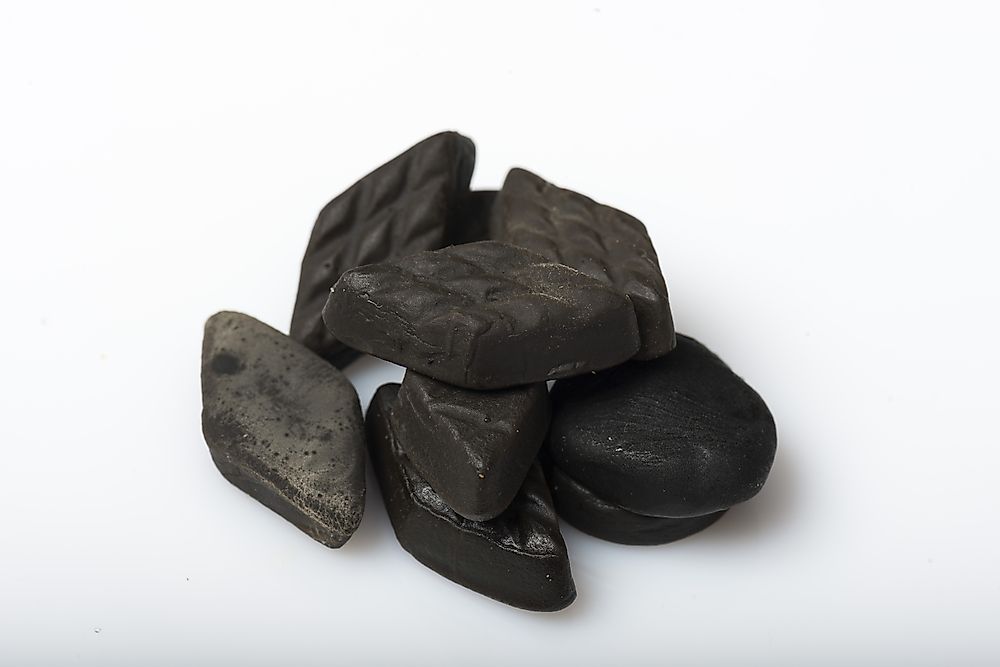
Salmiakki is a popular salty liquorice within Northern Europe - specifically Denmark, the Netherlands, Norway, Finland, and Sweden. Due to the addition of ammonium chloride to the liquorice, the taste is described as sharp and salty. Many first time consumers will not enjoy their experience with Salmiakki. Today in Finland, there are over 100 types of the liquorice available and it is considered a staple of the Finnish childhood experience. The Salmiakki flavor is also used in other food products, specifically vodka, chocolate, ice cream, and even chewing tobacco.
1. Yeast extract spread
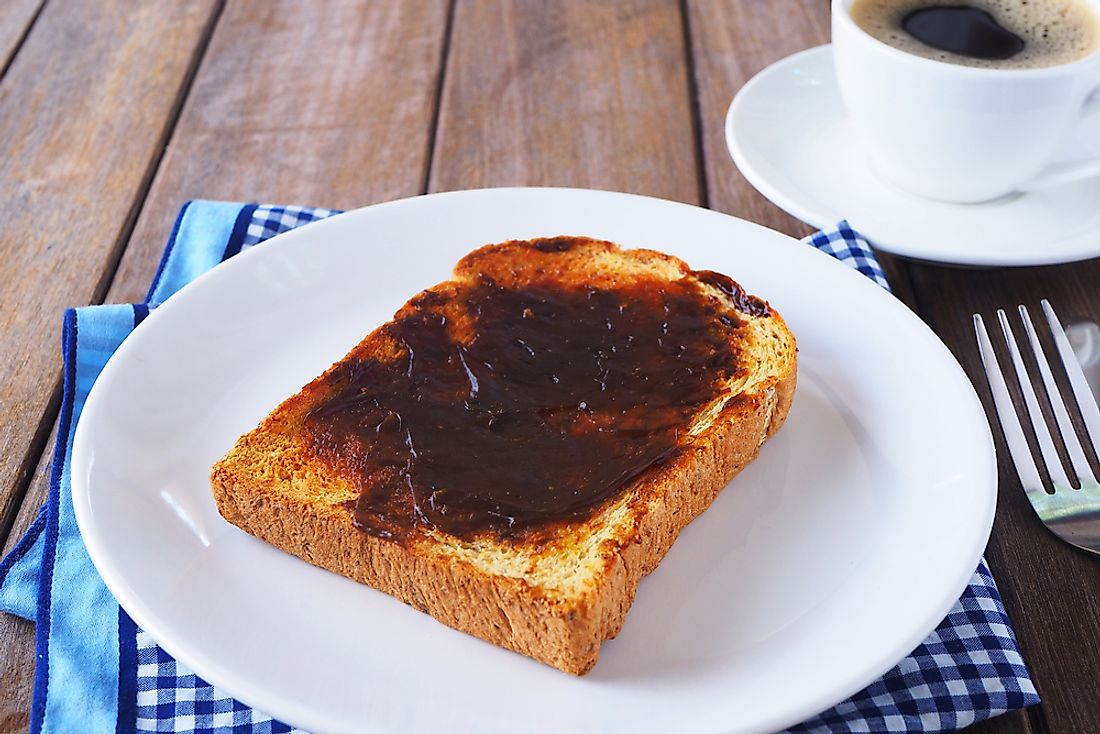
Yeast extract spread is sold under the name "Marmite", "Vegemite", "Vitam-R", and more. Marmite in particular has been in mass production in England since 1902 and in New Zealand since 1919. The English version of Marmite differs slightly from the version that is produced in New Zealand. However, both have a distinctly strong and salty taste. Some argue that one must acquire the taste for Marmite as a baby, as the taste is not one that can be easily acquired in adulthood. This is because the spread is made of yeast extract, which is produced as a waste product from brewing beer. Marmite is rich in vitamins, energy, and folic acid. In late 2011, due to the Christchurch Earthquake, the only Marmite factory in New Zealand closed, causing a black market to emerge in the country until the drought was over in March of 2013. Yeast extract spread is one of the world's most divisive food choices - they experience somewhat of a cult following in the countries in which they are popular, but are ridiculed elsewhere.











